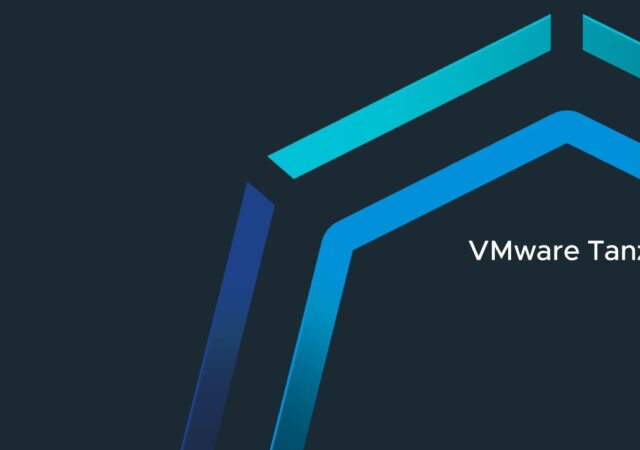Tesco partners with foodpanda to bring groceries on demand to users as online shopping continues to boom across the world.
Hybrid Cloud: Doing More with Less
Looking beyond the uncertainty of the current realities, it seems like businesses need to continue to be agile and maximize on the Hybrid cloud.
Shopee Gears Up for the Biggest 11.11 Sale Yet!
Shopee is gearing up for their biggest 11.11 sale yet with offers as low as 11 sen and up to 99% off!
11.11 Deals Incoming with Lazada’s Biggest Ever Sale
Lazada announces their annual 11.11 sale with even more deals and a revamped LazMall filled to the brim with brands and offers.
Nikon Bids Malaysia Goodbye; Operations Cease on 1 January 2021
When it comes to DSLRs and cameras one of the first names that you’d think of is Nikon. The company has become a staple name in the industry and there is nothing more iconic than their “I AM” campaign when…
HUAWEI’s Display Woes Coming to an End
Huawei sees a ray of light as Samsung Display gets the green light to trade with it amidst the U.S. ban.
Coursera Empowering Online Learning With New Campus Offerings
Coursera brings online learning offerings to more learning institutions with unique offerings that empower online learning.
Four Steps to Accelerate Your Machine Learning Journey
Machine Learning is all the buzz right now, particularly with the current state of flux businesses are in. But where do we start?
Is Astro Gearing for Online Streaming?
Malaysia’s largest pay TV operator, Astro Malaysia Holdings, is looking to start a streaming service to take on deep-pocketed, international rivals such as Netflix and Amazon Prime. According to a report by Nikkei Asia, Astro is planning to launch a…
[VMWorld 2020] WMware Tanzu Harnesses the Power of Kubernetes
Kubernetes does not have to be difficult with VMware Tanzu, now included in VMware vSphere and Cloud Foundation,

















